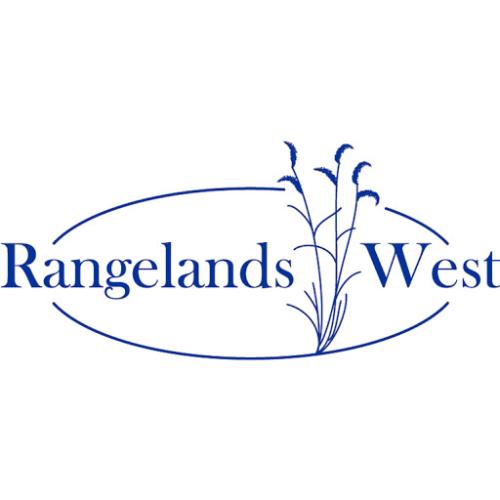The Sonoran Desert Conservation Plan (SDCP) is a locally developed, long-term vision for protecting the natural and cultural heritage of Pima County . The Plan seeks to combine short-term actions to protect and enhance the natural environment with long-range planning to ensure that the natural and urban environments not only coexist but develop an interdependent relationship, where one enhances the other . The biological goal of the Plan is to protect the full range of plants and animals native to the region by maintaining ecosystem functions . Ranch conservation is one of the six primary elements of the SDCP . Ranching conserves large areas of open space and wildlife habitat that might otherwise be developed . By virtue of the extensiveness of ranching as a land use and the ongoing stewardship provided by ranchers, ranching in many areas of Pima County is uniquely suited to preserve natural, unfragmented open space, wildlife habitats, and the land’s basic natural and cultural resource values . Eastern Pima County has over 1 .4 million acres of land classified as grazing lands, of which over one million of these acres could potentially be developed into urban use in the future . Current ranch operations put annual livestock numbers at about 20,000 animals in 2009 . Most ranches in Pima County are still family-owned enterprises . Current fragmentation of ranch lands is greatest within a twenty-five mile radius of Tucson where increasing land values and development pressure have resulted in ranches being converted into urban uses . Through the ranch conservation element of the SDCP and the associated Multi-species Conservation Plan (MSCP) expected outcomes include: • The metropolitan urban boundary is better defined; • The heritage and culture of the west and early Pima County are preserved; • An important traditional industry is maintained to support a diversified local economy; • Watersheds and water resources are conserved and protected; • The natural landscape can be conserved as a working landscape to provide open space, wildlife corridors, and habitat needed to maintain sustainable and diverse ecosystems; • The landscape will balance traditional uses such as grazing with other uses such as recreation, preservation of cultural resources, habitat enhancement and restoration, control of invasive species, and the conservation and/or preservation of specific species and habitats identified as sensitive . As a part of the SDCP land conservation strategy, the County has purchased numerous ranch properties over the past decade. With the passage of the 2004 Habitat Protection Priority Bond program, the acquisition of large working ranches has increased significantly . As of early 2010, the County owns or has committed to acquire fifteen working ranches exceeding 51,000 acres of private fee land as well as the grazing leases on over 191,000 additional acres . The Natural Resources, Parks and Recreation (NRPR) Department is responsible for Pima County Range Management Standards and Guidelines 1managing these open space properties . All ranches purchased (with the exception of the A7 Ranch, which as of 2010 is operated by Pima County staff) are independently operated, generally by the previous owners, who own the cattle, manage the ranches day to day and are responsible for operational costs under terms of a Management Agreement . Ranch operators have entered into third-party agreements with the County to conduct operations on County property and on grazing leases held by the County under the conditions outlined in the Management Agreement . This strategy relieves the County of operational and maintenance expenses on the ranches while directing the ranching operation in an ecologically sustainable manner . The County maintains all authority for ultimate decision making regarding property uses, timing and intensity . The NRPR Department manages the properties with the intent of achieving sustainable uses of natural resources and maintaining functionally healthy habitat for both wildlife and livestock . The County uses methods developed by the United States Department of Agriculture (USDA), Agricultural Research Service, Natural Resources Conservation Service (NRCS), the United States Department of Interior, Bureau of Land Management (BLM), and the University of Arizona (UA) to inventory rangeland resources, assess rangeland and riparian health, and monitor rangeland and riparian conditions and trends . These techniques will be utilized to guide ranch and grazing management decisions. source: introduction

Articles, citations, reports, websites, and multimedia resources focused on rangeland ecology, management, restoration, and other issues on American rangelands.